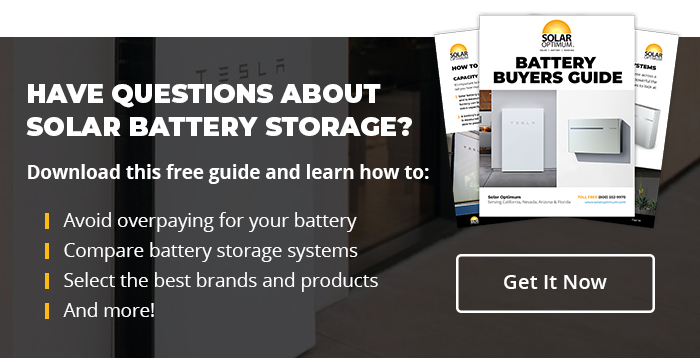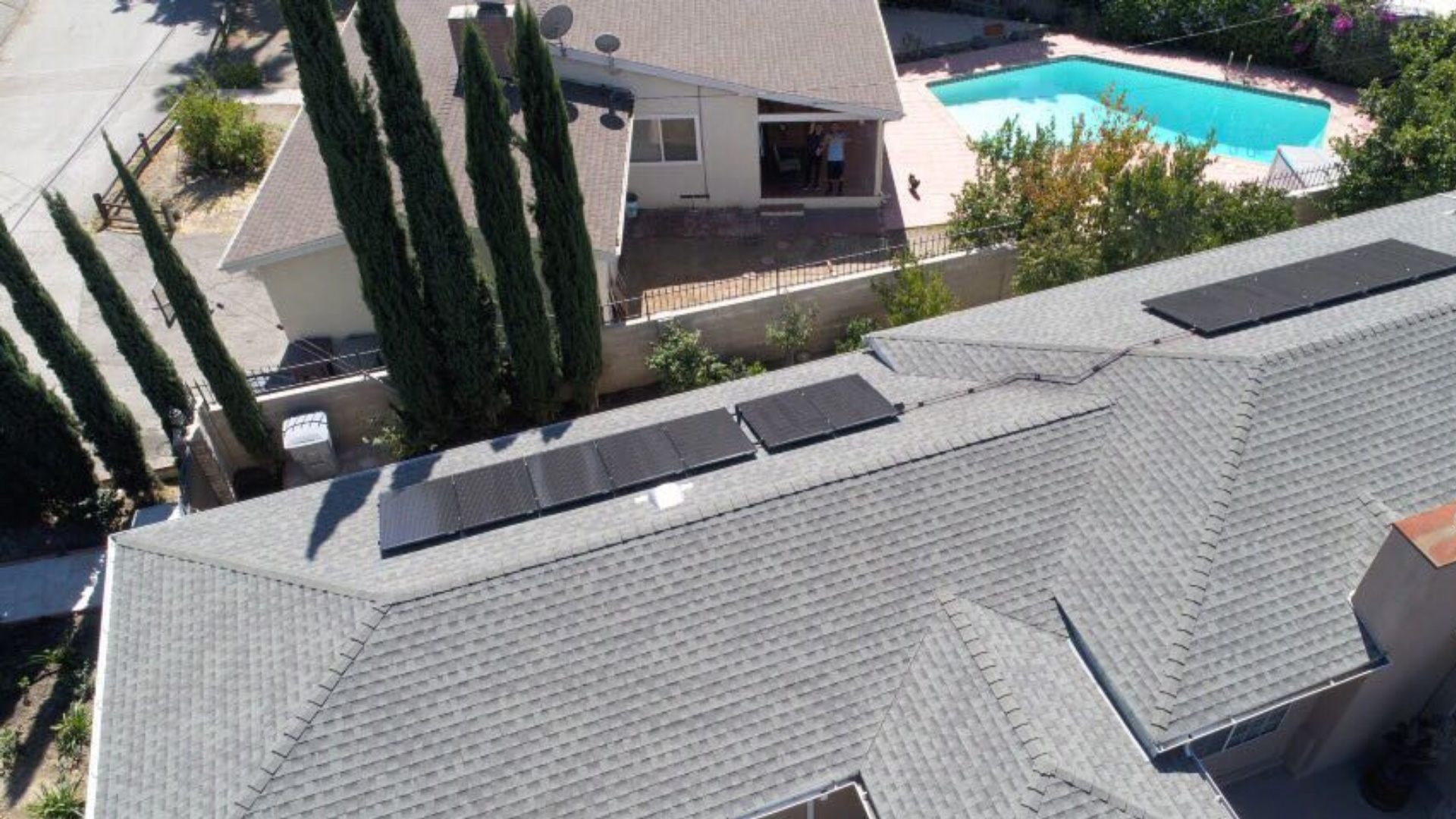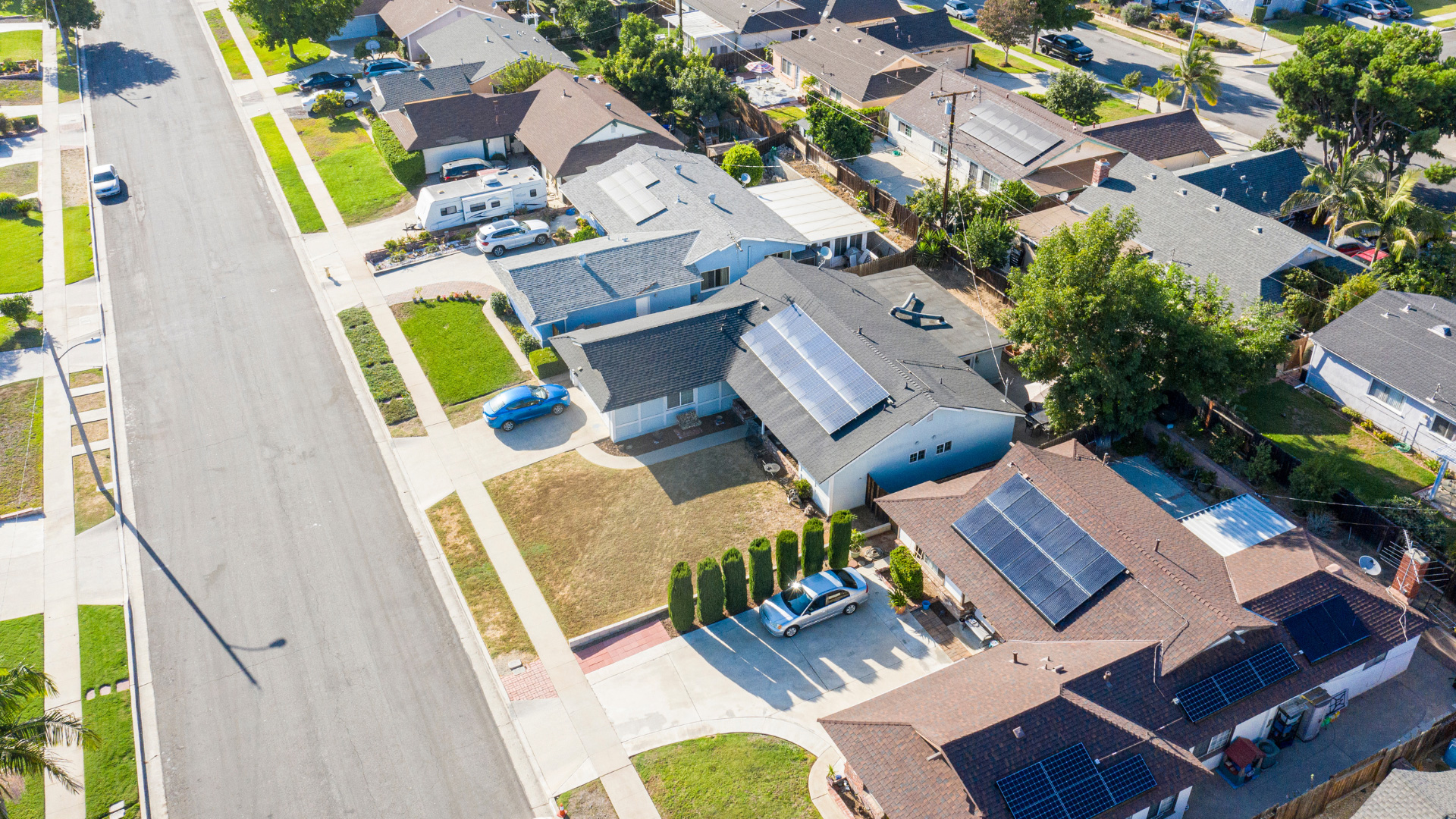The power utility grid has proven unreliable. What’s more, solar panels only work when the sun is up and shining. Lack of sunlight is where solar batteries come in: to store extra electricity from the solar panels for later use when the sun is not shining, or when the utility grid is down. The first thing that must have come up in your mind must be, “How much solar battery storage do I need?”
Solar batteries come with varying power storage capacities. Here is a brief guide to help you determine the suitable storage capacity for your needs.
How Much Solar Battery Storage Do I need?
The average American household uses about 30 kilowatt-hours (kWh) per day. Consequently, you would need a 30kWh solar battery to keep all of your electrical appliances running. However, it isn’t as simple as that, as there are several factors to consider when determining the ideal battery size, including:
Your Household’s Critical Load
The average American household uses about 30kWh of electricity per day, as mentioned. However, you don’t need to run all electrical appliances when the power utility grid goes down. Solar batteries have limited power storage capacities, and it is prudent to only power the devices you need. These appliances form what is known as your home’s critical load.
Your home’s critical load should comprise only essential appliances. Common examples include:
-
Light bulbs: 300 watts
-
Television: 100 watts
-
AC: 3,500 watts (plus starting wattage)
-
Refrigerator: 2,780 watts (plus starting wattage)
-
Laptop charger: 60 watts
These appliances consume a total of about 4,460 watts, which equals about 4.5kW. A consumption 4.5kWmeans that your solar battery would discharge power at a rate of about 4.5kW to power these appliances per hour.
How frequent are power blackouts in your area, and for how long do they last on average? Power blackouts can last for more than a day in extraordinary circumstances such as extreme weather. However, they ordinarily only last a few hours or minutes.
Solar batteries come with varying storage capacities. For seamless and automatic backup power for your home, the Enphase is an easy choice. With safe, cobalt-free battery technology, built-in generator integration, and a flexible, modular design, Enphase storage is an all-in-one integration. Storm Guard™ technology enables preparation for grid outages, and provides a “backup for your backup”.
Your Solar Panels’ Power Generation Capacity
How much electricity does your solar panel system generate? The average system generates a range of 17 to 21 kWh, depending on your location’s climate (how long the sun shines). You will need a system that produces enough energy to meet your immediate needs and charge the battery to the total capacity.
Budget
Unfortunately, solar batteries are relatively expensive; hence the recommendation to limit your power needs to your house’s critical load. One Tesla Powerwall battery costs about $10,500, including installation. Fortunately, solar battery prices have become more affordable over the recent past.
The Clean and Renewable Choice
Solar energy is clean and renewable. It can also be reliable if you have a battery to store the extra energy for later use. Ideally, your solar battery’s storage capacity to power your home’s essential critical load, but you can go bigger if your budget allows it.
Solar Optimum is one of the leading solar power solution providers in California and the country. Get in touch to learn more about solar batteries and discuss your solar energy needs.






